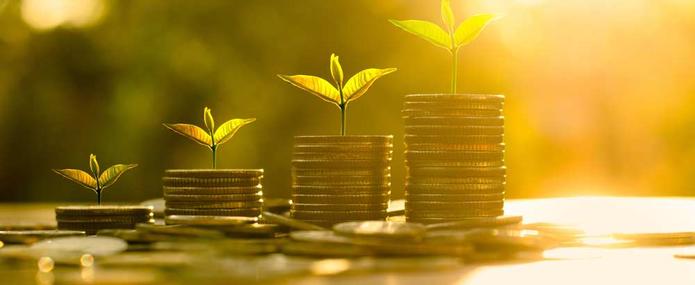The commitments made by the United Nations in 2015 in the framework of the Sustainable Development Goals (SDGs) and the Paris Agreement to combat climate change are bound to modify the financing priorities and modalities of development banks. These banks have to contribute to eradicating poverty and hunger, as well as improving educational and health systems. They are also at the forefront of efforts to decarbonise economies, protect biodiversity and ensure the sustainable management of marine resources. And all this with the ambition of bringing private investors on board. So, what is the situation three years on from the launch of the SDGs and the signing of the Paris Agreement?
It is possible to finance sustainable development with current savings
The achievement of the 2030 Sustainable Development Agenda and its 17 SDGs, including the Paris Agreement objectives, will come at a cost, estimated by the United Nations Conference on Trade and Development at between US$ 5,000 and 7,000 billion, of which around US$ 3,000 billion are needed for developing countries alone. This is both a lot and very little. A lot when compared to the annual US$ 144 billion of official development assistance (total for 2017). Which is why development banks and agencies repeatedly insist that, without a massive knock-on effect on private investment, public spending will be unable to make a significant contribution to the global objectives that the international community has set itself. Yet, at the same time, US$ 3,000 billion is very little. With world GDP soon to reach US$ 130,000 billion, the financing gap for developing countries represents a paltry 2.5% of the world’s wealth, while the global gap amounts to around 5%–which is five times less than available global savings. The 2030 Agenda thus actually comes very cheaply if we bear in mind that what is at stake here is the radical transformation of our societies and economies.
On a global scale, the availability of financing is not therefore a problem: it is part of the solution. The paradoxical consequence of this fact is that the Breton Woods institutions (created in 1944) and development aid agencies now find themselves in the unprecedented situation of having to demonstrate their expertise and added value in the face of “competitors” who, like them, have easy access to cheap capital. There is no longer a dominant position when it comes to making concessional loans or grants: what the World Bank refuses to a country for reason of incompatibility with the 2030 Agenda social or environmental goals can be offered by the China Development Bank, for example, or even by institutional investors who step in and purchase bond issues in order to diversify their portfolios.
Today, the diversity of financing products reflects very heterogeneous choices and practices in the area of “sustainable” financing [...] The very definition of what constitutes climate change-related financing varies depending on the institution, which means that it is virtually impossible to get a clear picture of the scope of mitigation and adaptation financing in development countries today
Today, the diversity of financing products reflects very heterogeneous choices and practices in the area of “sustainable” financing. For instance, most multilateral banks have opted to reduce–and in some cases abolish–financing for coal-fired power plants, while investment funds and national development banks of emerging countries are slow to follow suit. In the same vein, the very definition of what constitutes climate change-related financing varies depending on the institution, which means that it is virtually impossible to get a clear picture of the scope of mitigation and adaptation financing in development countries today.
Competition not only in financing offers, but also in ideas
In this context, the Annual Meetings of the IMF and World Bank–this autumn to be held in Bali–serve both as forum and showcase. Bereft of the hegemony that they had enjoyed in the 1980s and 1990s, these meetings are where the two sister institutions address subjects that go beyond questions of development in the strict sense (a key focus in 2018 is on digital technologies). At the same time, given their capacity to convene bankers as well as researchers and NGO representatives from the world over, they continue to demonstrate their still undisputed competitive advantage when it comes to supplying an infinitely precious capital of standards, norms and ideas.
Alongside the competitive offers of loans, grants and “de-risking” services, the new financing actors– institutional investors, philanthropists and national development banks–now have a card to play. Thanks to their specific knowledge of the context in the countries where they operate and/or their flexibility in implementing concessional loan programmes, actors such as national development banks are very well positioned not only to foster the emergence of projects linked to sustainable development paths, but also to fund them–in the specific context of each country. This is particularly the case of the members of the International Development Finance Club (IDFC), which groups together the main development financing institutions of the G20 countries. With its broad diversity of “sustainable” financing practices, the Club serves as a life-size laboratory for SDG financing. National development banks and other types of new financiers must now find the means to compare their practices and evaluate their results, in a logic of emulation and transparency that can define and strengthen their role in the slow conquest of sustainability.


